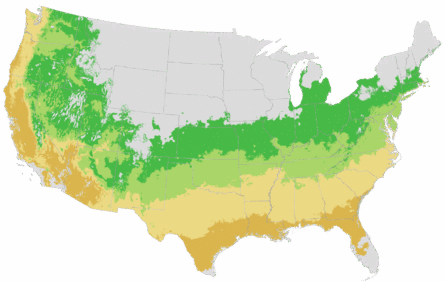You're growing in this Zip Code:
Change LocationLena Scotch Broom
Cytisus x 'Lena' (Dallimorei hybrid)
Retailers Near You
No Retailers found within 50 miles of your zipcode
Be Inspired: How to Use this Plant
| Bloom Time | Spring to early summer |
|---|---|
| Deciduous/Evergreen | Semi-Evergreen |
| Special Features | Easy Care, Waterwise |
| Problems/Solutions | Coastal Exposure, Deer Resistant |
| Growth Rate | Moderate |
| Growth Habit | Spreading |
| Flower Attributes | Flowers for Cutting, Fragrant, Showy Flowers |
| Landscape Use | Border, Hedge |
| Design Ideas | This is a Broom that is small enough for city gardens. Use as a substitute for non-flowering coniferous hedges along a driveway or the front lawn's edge. Or use as a single specimen for a lavish show of red and yellow bicolored flowers. Do not place larger plants too close as they may constrain its low, broad profile. |
| Flower Color | Yellow |
| Foliage Color | Green |
| Companion Plants | California Lilac (Ceanothus); Lilac (Syringa); Shrub Rose (Rosa); Heather (Calluna);Smoke Bush (Cotinus) |
| Care Instructions | Thrives in well-drained, sandy soils, though very adaptable. Water deeply and regularly during the first growing season to establish an extensive root system; reduce frequency once established. Feed with a general purpose fertilizer before new growth begins in spring. For a formal appearance, prune annually after flowering. |
| Lore | The brooms are shrubs actually used to make brooms or "besomes" in the Old World. While in some environments, common broom (Cytissus scoparius) can re-seed and spread to form dense stands that tend to crowd out native plants and is considered to be an invasive species in California and the Pacific Northwest, hybrid cultivars of this plant are much less aggressive and some do not produce viable seed. |
| Bloom Time | Spring to early summer |
|---|---|
| Deciduous/Evergreen | Semi-Evergreen |
| Special Features | Easy Care, Waterwise |
| Problems/Solutions | Coastal Exposure, Deer Resistant |
| Growth Rate | Moderate |
| Growth Habit | Spreading |
| Flower Attributes | Flowers for Cutting, Fragrant, Showy Flowers |
| Landscape Use | Border, Hedge |
|---|---|
| Design Ideas | This is a Broom that is small enough for city gardens. Use as a substitute for non-flowering coniferous hedges along a driveway or the front lawn's edge. Or use as a single specimen for a lavish show of red and yellow bicolored flowers. Do not place larger plants too close as they may constrain its low, broad profile. |
| Flower Color | Yellow |
| Foliage Color | Green |
| Companion Plants | California Lilac (Ceanothus); Lilac (Syringa); Shrub Rose (Rosa); Heather (Calluna);Smoke Bush (Cotinus) |
| Care Instructions | Thrives in well-drained, sandy soils, though very adaptable. Water deeply and regularly during the first growing season to establish an extensive root system; reduce frequency once established. Feed with a general purpose fertilizer before new growth begins in spring. For a formal appearance, prune annually after flowering. |
|---|
| Lore | The brooms are shrubs actually used to make brooms or "besomes" in the Old World. While in some environments, common broom (Cytissus scoparius) can re-seed and spread to form dense stands that tend to crowd out native plants and is considered to be an invasive species in California and the Pacific Northwest, hybrid cultivars of this plant are much less aggressive and some do not produce viable seed. |
|---|
Retailers Near You
No Retailers found within 50 miles of your zipcode
Retailers Near You
No Retailers found within 50 miles of your zipcode
Buy Online
This plant is not available to purchase online.
We no longer grow this plant. For replacement suggestions, check out the plants “You May Also Like” below.
About Us
We have been pioneers and craftsmen in the art of growing plants for nearly
100 years. Since our founding in Southern California by Harry E. Rosedale, Sr.
in 1926, we have been absolutely dedicated and obsessed with quality.
We have been pioneers and craftsmen in the art of growing plants for nearly 100 years. Since our founding in Southern California by Harry E. Rosedale, Sr. in 1926, we have been absolutely dedicated and obsessed with quality.






